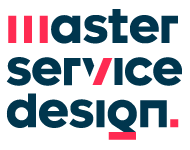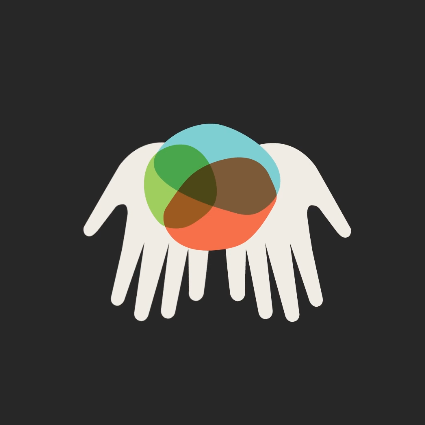Since 2011 IDEO.org has been developing different tools to spread human-centered design in the non profit field, under the believe that design can be a strong tool in the fight against poverty and social inequality, last month they launched the last of said tools Design Kit, a platform oriented to teaching problem solving through design and grow a community around this topic.
The idea behind IDEO.org is that sharing, teaching and empowering social-sector workers to practice human-centered design, can lead them to gain better insights in the needs of their communities and propose innovative solutions, with this in mind the team behind IDEO.org put together first a toolkit which constituted a walkthrough of the human-centered design approach, illustrated by case studies, activities and instructions, that now has been downloaded more than 130,000 times.
Second, IDEO.org collaborated with partners like, +Acumen, to bring courses oriented to social leaders in order to empower them with the methods and tools from human-centered design to drive social innovation in their communities, more than 12,000 participants have registered to take part on this course.
Third, they developed HCD connect a platform to bring together the community interested in using the human-centered design approach to foster the social construction of knowledge through ask forums, discussions on methods and featuring of people and stories that highlight the power of human centered design in the field.
Now they have developed Design Kit, which will replace HCD connect, as a way to keep fostering the community that has come together, that at this date counts with more tan 50,000 users, and at the same address some of the issues that have arose from the HCD connect project, in particular the desire of the users for more curated instructional content, moving from user generated stories to a teaching tool.
In Design Kit the user can find inspiration through the discovery of the different mindsets that power the human-cetered design perspective, as well as an array of different methods carefully selected following three key steps, inspiration, ideation and implementation, finally the user will find case studies that illustrate the use of human-centered design in the field.
To discover Design Kit go to designkit.org

